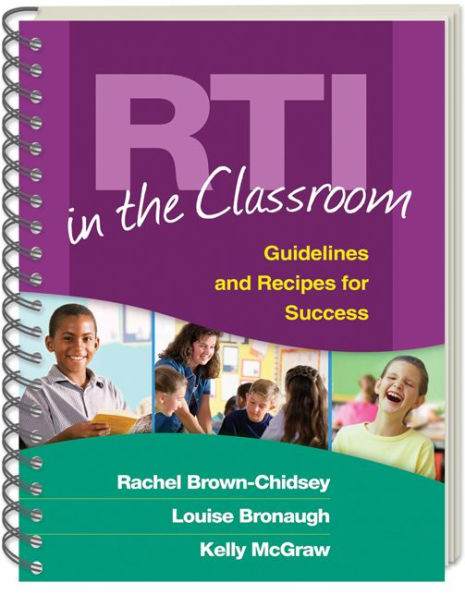5
1
9781606232972



RTI in the Classroom: Guidelines and Recipes for Success available in Paperback, eBook

RTI in the Classroom: Guidelines and Recipes for Success
- ISBN-10:
- 1606232975
- ISBN-13:
- 9781606232972
- Pub. Date:
- 06/08/2009
- Publisher:
- Guilford Publications, Inc.
- ISBN-10:
- 1606232975
- ISBN-13:
- 9781606232972
- Pub. Date:
- 06/08/2009
- Publisher:
- Guilford Publications, Inc.

RTI in the Classroom: Guidelines and Recipes for Success
$42.0
Current price is , Original price is $42.0. You
42.0
In Stock

Product Details
| ISBN-13: | 9781606232972 |
|---|---|
| Publisher: | Guilford Publications, Inc. |
| Publication date: | 06/08/2009 |
| Edition description: | (Wire-Bound Paperback) |
| Pages: | 224 |
| Sales rank: | 393,423 |
| Product dimensions: | 8.40(w) x 10.40(h) x 0.60(d) |
| Age Range: | 5 - 10 Years |
About the Author
From the B&N Reads Blog




